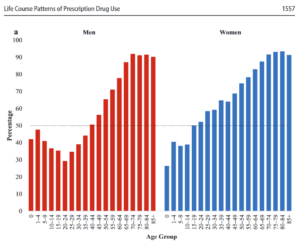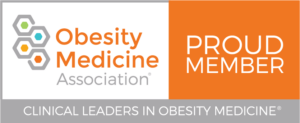Prescription medications are ubiquitous in the United States. By a study in 2015-2016, nearly half (45.8%) of all Americans reported taking a prescription drug in the preceding month. A shocking 85.0% of adults aged 60+ were able to say the same.
Sure, there are many who may have needed antibiotics to treat legitimate bacterial infections, as well as many who needed prescription pain medications to manage post-surgery recovery or acute injuries. This sobering statistic, however, reflects a profound degree of chronic disease, fitting with the knowledge that 93% of American adults suffer from poor metabolic health, as of data from 2018.
 Antibiotics, in fact, were among the first drugs to be produced, and arguably have contributed substantially to improved quality of life and increased lifespan by dramatically altering the usual course of severe bacterial infections. Subsequent drug development has largely been focused on diseases the disease of lifestyle. Contributing to increased medication use, also, is that, whereas antibiotics are taken for brief durations (3-14 days, typically), the medications targeting lifestyle diseases are taken indefinitely.
Antibiotics, in fact, were among the first drugs to be produced, and arguably have contributed substantially to improved quality of life and increased lifespan by dramatically altering the usual course of severe bacterial infections. Subsequent drug development has largely been focused on diseases the disease of lifestyle. Contributing to increased medication use, also, is that, whereas antibiotics are taken for brief durations (3-14 days, typically), the medications targeting lifestyle diseases are taken indefinitely.
Prescription drug use among adults
A recent study now offers insight into the use of prescription medications throughout the lifespan of Americans. These estimates are derived from prescription drug use data in the United States between 1996 and 2019.
As of 2019, more than half of all men (52.2%) and women (62.0%) were taking prescription drugs. For men, there is less use of prescription drugs during the adolescent and teen years, with a steady increase after age 25. For women, there is a continuous increase after the age of 5, partly reflecting the use of hormonal contraceptives.

A newborn boy in 2019 has a life expectancy of 76.6 years and is predicted to take prescription drugs for 36.8 years (48% of his life). A newborn girl has a life expectancy of 81.7 years and is predicted to take prescription drugs for 47.5 years (58% of her life). Individuals aged 65+ are expected to take prescription drugs for 90% of their remaining years.
Is this the new norm?
Prescription drugs, have become the norm in the United States, taken by the majority of adults. Is the population getting sicker? Is the medical establishment pushing pills more freely? Has Big Pharma created irresistible products? In Part 2, let’s break down the prescribing trends to better understand why our population is so dependent on pharmaceuticals.





